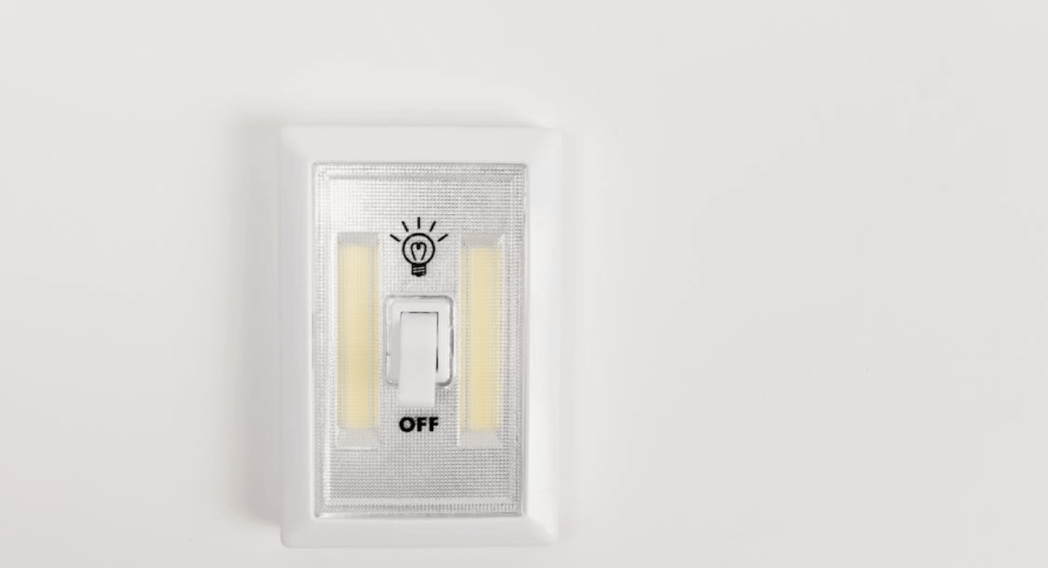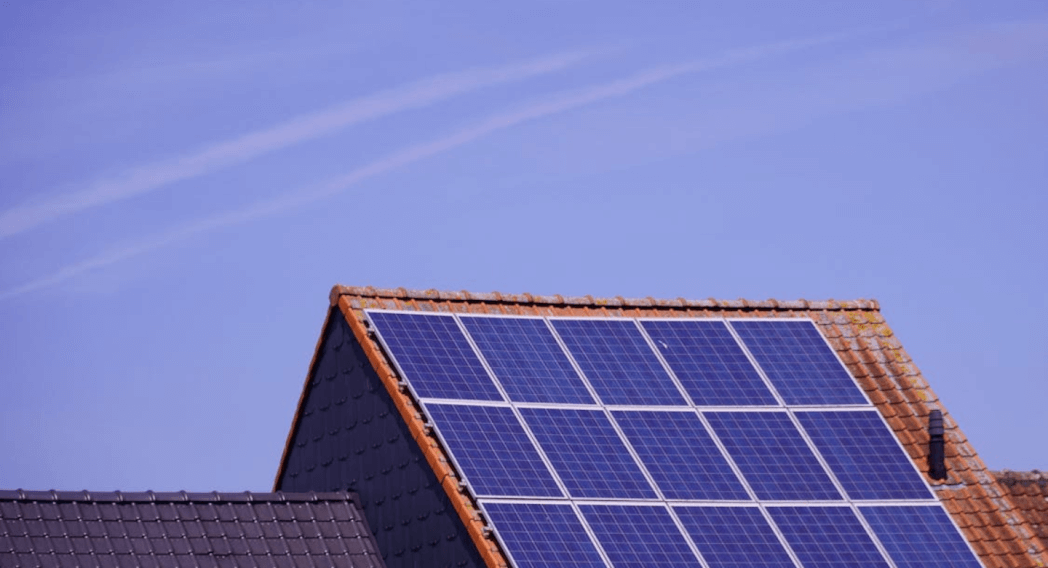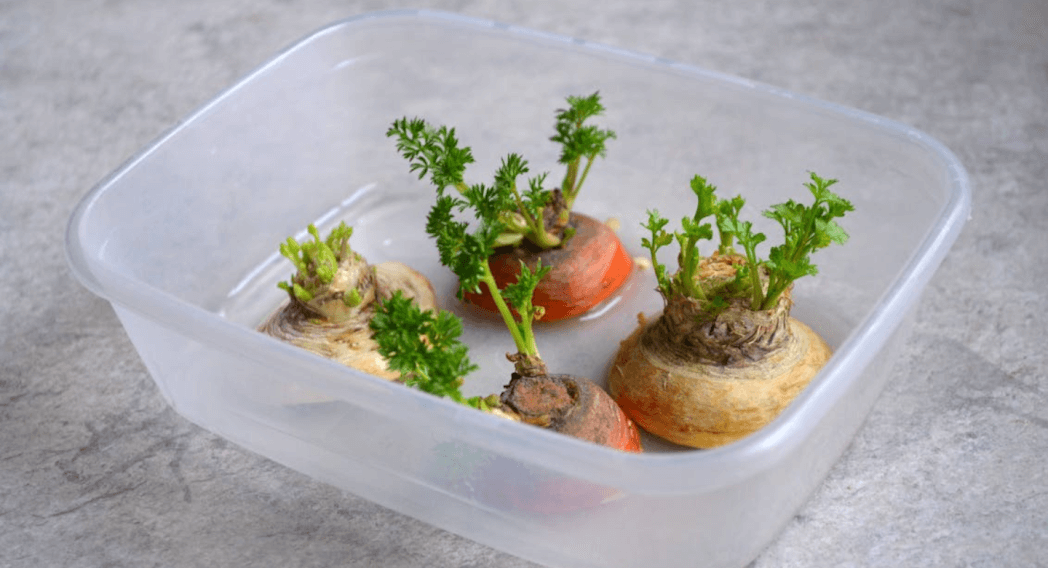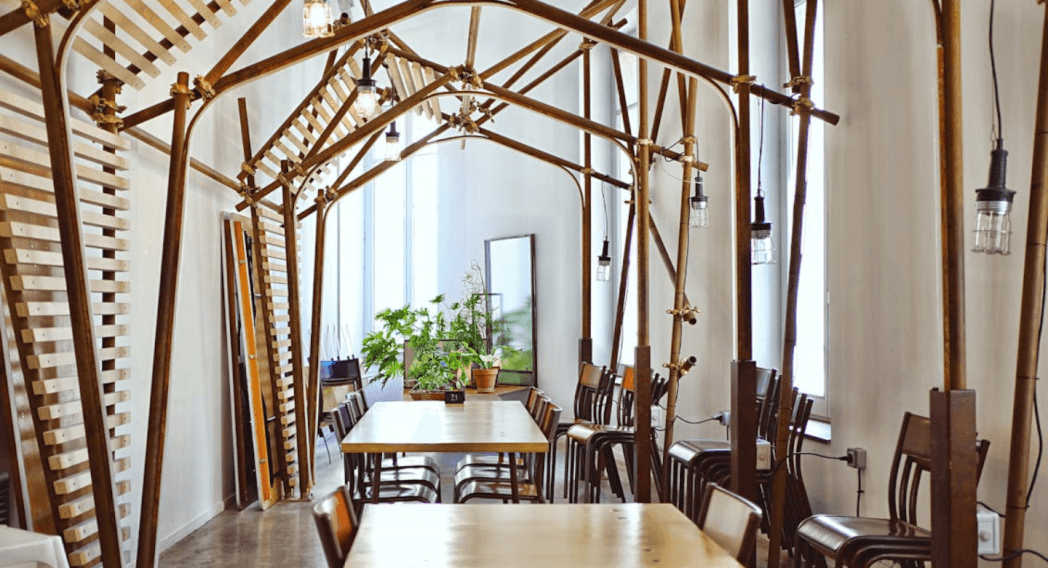Sustainable Home Hacks: 10 Tips for Effective Change
Living in a sustainable home is an important step towards reducing our environmental footprint and conserving natural resources. Making eco-friendly choices at home can help protect the planet for future generations. A sustainable home doesn’t have to mean a complete overhaul; even small changes can significantly impact the environment. Whether it’s using energy-efficient appliances or reducing water waste, every effort counts in creating a greener, more sustainable lifestyle.
Table of Contents
ToggleIn this blog, we’ll share 10 practical and easy tips for everyone to incorporate into their daily routines. These simple yet effective changes can transform your home into a more eco-conscious space while saving money. From improving energy efficiency to making smarter consumption choices, these sustainable home hacks are perfect for anyone looking to live more sustainably without major lifestyle changes.
10 Hacks for Sustainable Home Hacks
Hack #1. Reduce Energy Consumption

One of the easiest ways to make your home more sustainable is by reducing energy consumption. Start by switching to LED lighting, which uses up to 80% less energy than traditional bulbs. Another simple step is to unplug devices when they’re not in use to prevent “phantom energy” waste. Additionally, investing in energy-efficient appliances can help lower your electricity bills while reducing your overall energy consumption, making your home greener and more cost-effective.
Hack #2. Save Water at Home

Water conservation is essential for a sustainable home. Install low-flow showerheads and faucets to reduce water usage without sacrificing comfort. It’s also important to fix leaks promptly, as even a small drip can waste gallons of water over time. To take it a step further, consider collecting rainwater to use for your garden or outdoor plants, which can significantly reduce your water bill while being eco-friendly.
Hack #3. Embrace the 3Rs: Reduce, Reuse, Recycle

A sustainable home thrives on minimizing waste. Start by reducing single-use products and opting for reusable alternatives like cloth bags and glass containers. Repurpose household items whenever possible, turning old furniture or materials into something new. Lastly, setting up a home recycling system ensures that recyclable materials like paper, plastic, and glass are properly sorted and reused, helping to reduce the amount of waste that ends up in landfills.
Read More About: 3Rs
Hack #4. Use Eco-Friendly Cleaning Products

Switching to eco-friendly cleaning products is an easy and effective way to make your home more sustainable. You can make your own DIY cleaners using natural ingredients like vinegar, baking soda, and lemon, which are just as effective as commercial cleaners but without the harmful chemicals. If you prefer store-bought options, choose biodegradable and non-toxic brands that are safe for both your family and the environment, helping to reduce your carbon footprint and minimize indoor pollution.
Hack #5. Switch to Sustainable Energy Sources

Making the switch to sustainable energy sources can greatly reduce your home’s environmental impact. Installing solar panels, if feasible, allows you to harness the sun’s energy to power your home, reducing reliance on non-renewable resources. For outdoor lighting, consider solar-powered lights, which are energy-efficient and cost-effective. Additionally, supporting green energy programs from your local utility can further help reduce the carbon footprint of your energy usage and promote the use of renewable energy sources.
Hack #6. Grow Your Own Food

Growing your own food is rewarding and a sustainable way to reduce your reliance on store-bought produce. Start with a small herb or vegetable garden, which can provide fresh, organic ingredients for your meals. Composting is another great way to enrich the soil naturally while reducing food waste. Don’t forget to grow indoor plants, as they improve air quality and help create a healthier, more sustainable living environment.
Hack #7. Opt for Natural and Sustainable Materials

When furnishing your home, choosing natural and sustainable materials can help reduce your environmental impact. Opt for furniture made from bamboo or recycled wood, which are both durable and eco-friendly options. For textiles, go for organic cotton, linen, or hemp, which are grown without harmful pesticides and use less water in production. These materials are not only better for the environment but also contribute to a healthier, more sustainable home.
Hack #8. Reduce Plastic Use

One of the most effective ways to create a more sustainable home is by reducing plastic use. Start by switching to reusable bags, bottles, and containers, which significantly cut down on single-use plastic waste. Opt for products that come in minimal or compostable packaging to help further reduce your household’s plastic consumption. By making these small changes, you can help keep plastic out of landfills and oceans, contributing to a healthier environment.
Hack #9. Insulate and Weatherproof Your Home

Proper insulation and weatherproofing can dramatically improve your home’s energy efficiency, making it more sustainable. Seal any gaps around windows and doors to reduce the amount of heating and cooling energy that escapes, lowering your carbon footprint and utility bills. Consider using thermal curtains or draft stoppers, which can provide an extra layer of insulation, keeping your home comfortable year-round without over-relying on heating or air conditioning.
Hack #10. Support Local and Sustainable Brands

Supporting local and sustainable brands is another powerful way to live more sustainably. When you buy locally produced goods, you reduce the carbon footprint associated with long-distance shipping and transportation. Additionally, supporting eco-conscious companies ensures that your purchases align with environmentally responsible practices, encouraging more businesses to adopt sustainable approaches in their production and supply chains.
Conclusion
In conclusion, creating a more sustainable home doesn’t require drastic changes; small, consistent steps can have a significant impact on both the environment and your daily life. By implementing just a few of the tips outlined, you can start making your home greener and more energy-efficient, and over time, you’ll find even more ways to live sustainably. Whether it’s reducing waste, conserving energy, or supporting eco-friendly brands, every action contributes to a healthier planet.
Start with one or two tips and gradually adopt more as you go along—small changes truly add up. Remember, a greener planet starts with a greener home—make the change today!
References
Econscious. (2023, March 21). 10 tips for sustainable living in India Econscious. Econscious.
Admin. (2024, August 23). Green Living: Eco Friendly Home in India: Embrace nature. Shree Balaji Construction.
Earth5R. (2024, December 24). 50 sustainable lifestyle changes.
Frequently Asked Questions (FAQs) on Sustainable Home Hacks: 10 Tips for Effective Change
Why is it important to make my home more sustainable?
A sustainable home reduces energy and water consumption, lowers utility bills, minimizes waste, and helps combat climate change by decreasing your carbon footprint.
What are some simple ways to start living sustainably at home?
Start by switching to LED lights, using reusable bags, fixing leaks, recycling properly, and reducing single-use plastics.
How can I save energy without installing solar panels?
Use energy-efficient appliances, unplug electronics when not in use, switch to LED bulbs, and insulate windows and doors to prevent energy loss.
What are eco-friendly alternatives to chemical cleaners?
You can make DIY cleaners using natural ingredients like vinegar, baking soda, and lemon or purchase biodegradable, non-toxic cleaning products.
How can I reduce water waste at home?
Install low-flow showerheads, fix leaks immediately, collect rainwater for plants, and turn off the tap while brushing your teeth.
Is composting difficult to do in a small space?
Not at all! You can use compact indoor compost bins or vermicomposting setups, perfect for apartments and small homes.
What materials should I choose for sustainable home decor?
Opt for furniture made from bamboo, reclaimed wood, or recycled materials, and use organic fabrics like cotton, linen, or hemp for textiles.
How can growing my own food help the environment?
Home gardening reduces reliance on store-bought produce, cuts down on plastic packaging, lowers food miles, and minimizes pesticide use.
How do I know if a brand is truly sustainable?
Look for certifications like Fair Trade, Organic, or B Corp, check if they use eco-friendly materials, and review their sustainability policies.
Can making sustainable changes at home really make a difference?
Yes! Small changes, when adopted by many people, can significantly reduce waste, conserve resources, and slow down environmental damage.






